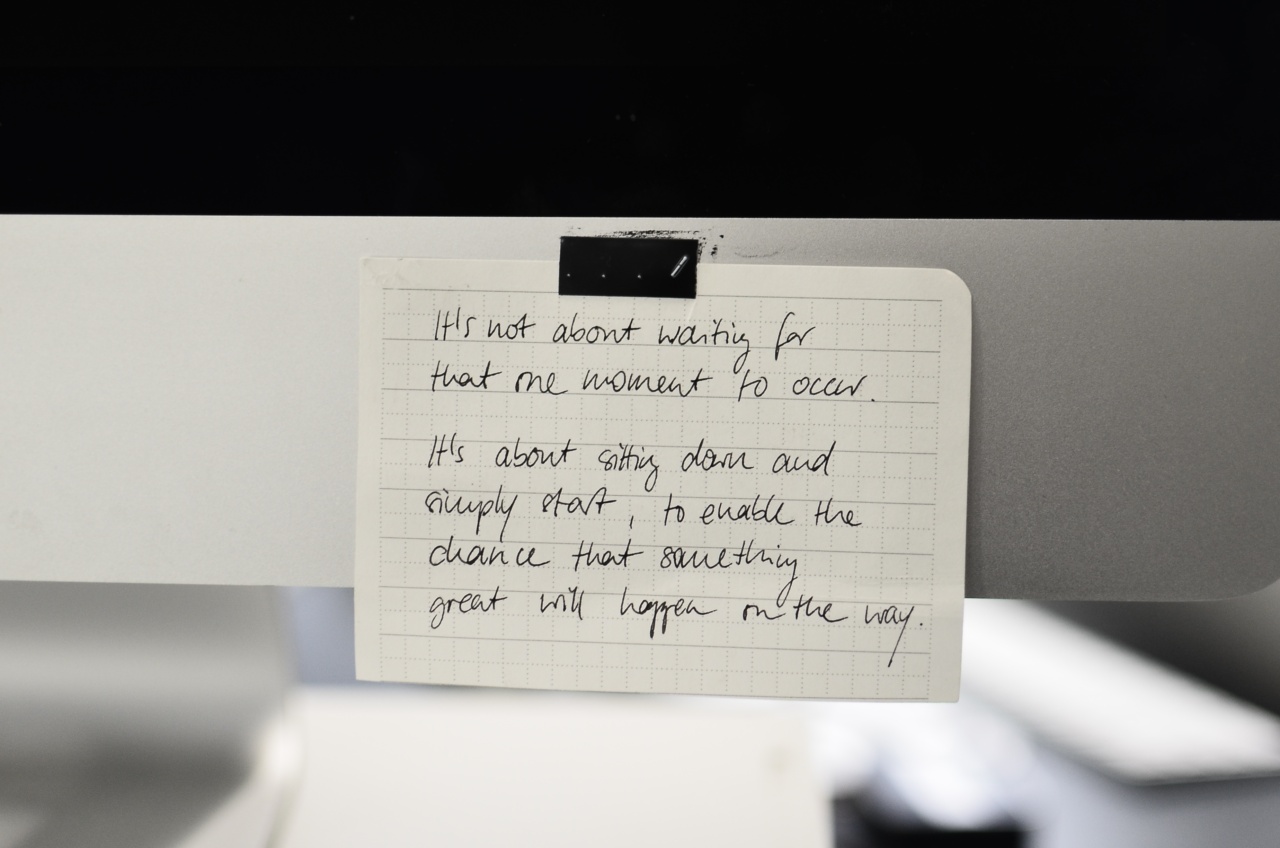Disney has long been known for its beloved characters, enchanting stories, and magical worlds. However, behind the surface of fairy tales and happily ever afters, there can often be a darker side.
In recent years, concerns have been raised about the portrayal of Disney heroes and their potential influence on body image and eating disorders, particularly anorexia. This article delves into the thin line between Disney heroes and anorexia, exploring the impact of these iconic characters on societal perceptions of beauty and the potential consequences for vulnerable individuals.
1. The Disney Ideal of Beauty
Disney princesses and heroes have always been portrayed as epitomes of beauty, with their flawless looks, slender figures, and perfect proportions.
From Cinderella’s tiny waist to Ariel’s slim physique, these characters have set an unrealistic standard for beauty that can be detrimental to young minds who idealize them. When young girls, in particular, are exposed to such unattainable body standards from a young age, it can sow the seeds of body dissatisfaction and, in extreme cases, lead to dangerous eating disorders.
2. The Unattainable Physique
Many Disney heroes and heroines feature exaggeratedly thin bodies that are far from what is considered healthy in real life.
These unrealistically thin physiques can create an unhealthy perception of beauty, giving the impression that one must be extremely slim to be considered attractive or heroic. The constant exposure to such images can lead individuals vulnerable to eating disorders, like anorexia, to engage in extreme dieting or excessive exercise in an attempt to achieve these impossible body standards.
3. Subliminal Messages in Disney Films
While Disney films are primarily created for entertainment, they often contain subtle messages that can shape children’s perceptions of body image.
For instance, the transformation scenes where princesses undergo physical changes to become more attractive can reinforce the notion that one’s worth is closely tied to appearance. Such underlying messages can inadvertently contribute to the development of body dissatisfaction and disordered eating behaviors in vulnerable individuals.
4. The Power of Role Models
For many children, Disney heroes and heroines serve as role models and sources of inspiration. However, when these characters perpetuate unattainable beauty standards, they can inadvertently become triggers for the development of eating disorders.
Vulnerable individuals may subconsciously compare themselves to their favorite Disney characters and strive to replicate their looks, unaware of the harmful consequences it can have on their physical and mental health.
5. Establishing Realistic Expectations
It is crucial for parents and society as a whole to emphasize the importance of realistic expectations when it comes to body image.
By fostering conversations about the diversity of body types and promoting self-acceptance, we can combat the negative influence of Disney heroes and help young individuals develop a healthier relationship with their bodies. It is vital to teach children that true heroism lies within their actions, values, and character rather than their physical appearance.
6. The Need for Responsible Media
As influential content creators, Disney has a responsibility to depict a diverse range of body types in their characters to better reflect real-world beauty standards.
By including more realistic representations, they can contribute to a positive body image culture, reducing the risk of vulnerable audiences developing harmful behaviors of disordered eating. It is incumbent upon Disney and other media companies to recognize their influential power and wield it responsibly.
7. Support and Intervention
For individuals already struggling with eating disorders or body dissatisfaction, it is vital for them to seek appropriate support and intervention.
Friends, family, and professionals can provide invaluable assistance in navigating the complex journey towards recovery. By offering understanding, empathy, and non-judgmental support, we can help individuals overcome the negative impact that societal beauty standards, perpetuated by Disney heroes, may have had on their mental well-being.
8. The Importance of Media Literacy
Developing media literacy skills is essential to empower individuals to critically analyze and question the messages conveyed by Disney and other forms of media.
By encouraging children and young adults to engage in thoughtful discussions about the influence of media on body image, we can equip them with the tools to resist unhealthy societal pressures. By promoting media literacy, we can mitigate the potential harm caused by the depiction of impossibly thin Disney heroes and foster a more inclusive and accepting society.
9. Initiating Change
While it is crucial to address the negative effects of Disney heroes on body image, it is equally important to recognize the progress that has been made in recent years.
Disney has gradually introduced more diverse and empowering characters, representing a broader range of body types and backgrounds. By applauding these positive changes, we can encourage media companies to continue their efforts towards inclusivity and challenge the unrealistic beauty standards that have prevailed for far too long.
10. Moving Beyond Disney
While Disney heroes play a significant role in shaping societal perceptions of beauty, it is important to acknowledge that they are not the sole influencers.
Social media, fashion magazines, and other forms of media all contribute to the collective understanding of beauty. Therefore, addressing the impact of Disney heroes on anorexia should be part of a larger conversation about media’s influence on body image and the importance of promoting diverse and realistic representations.






























